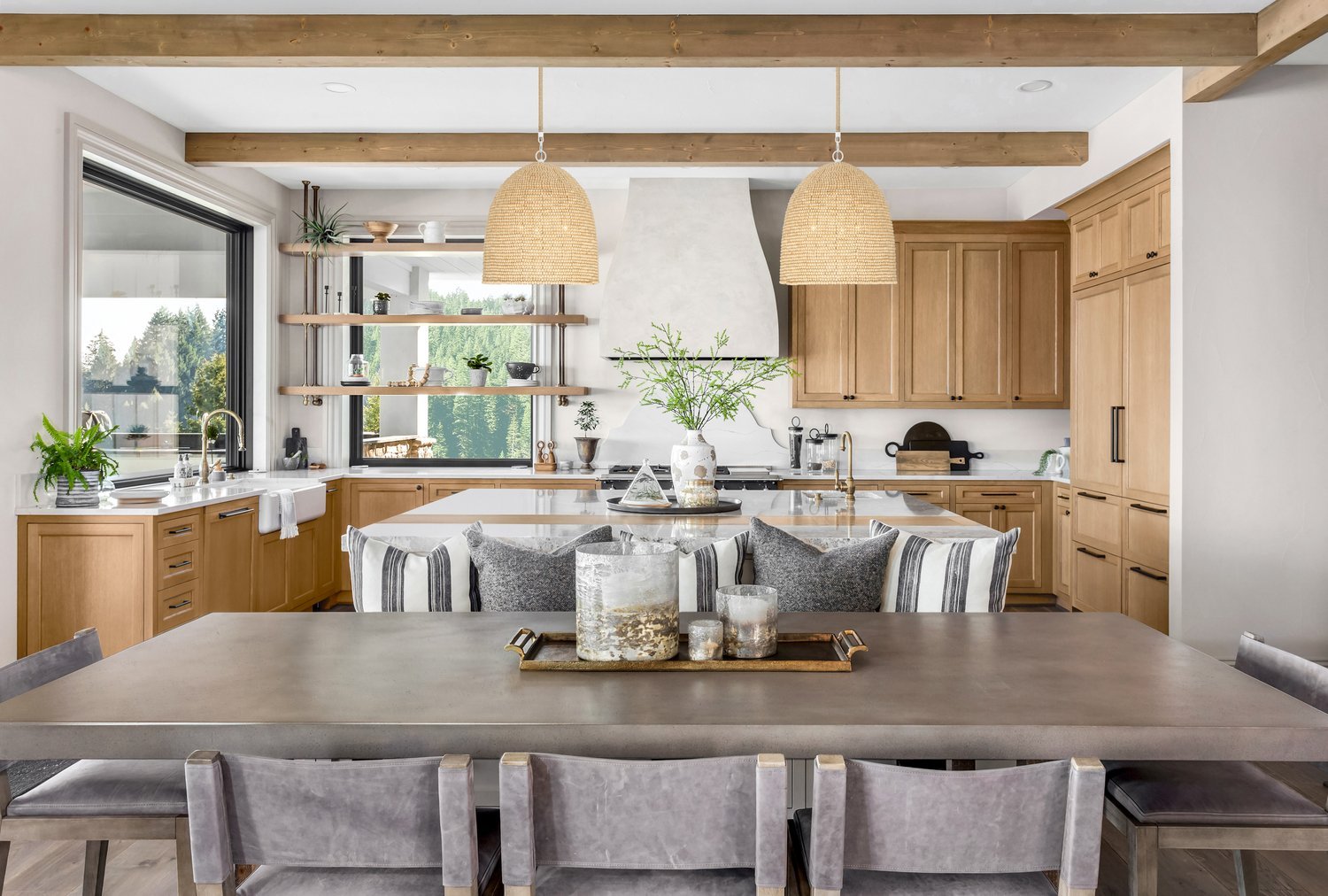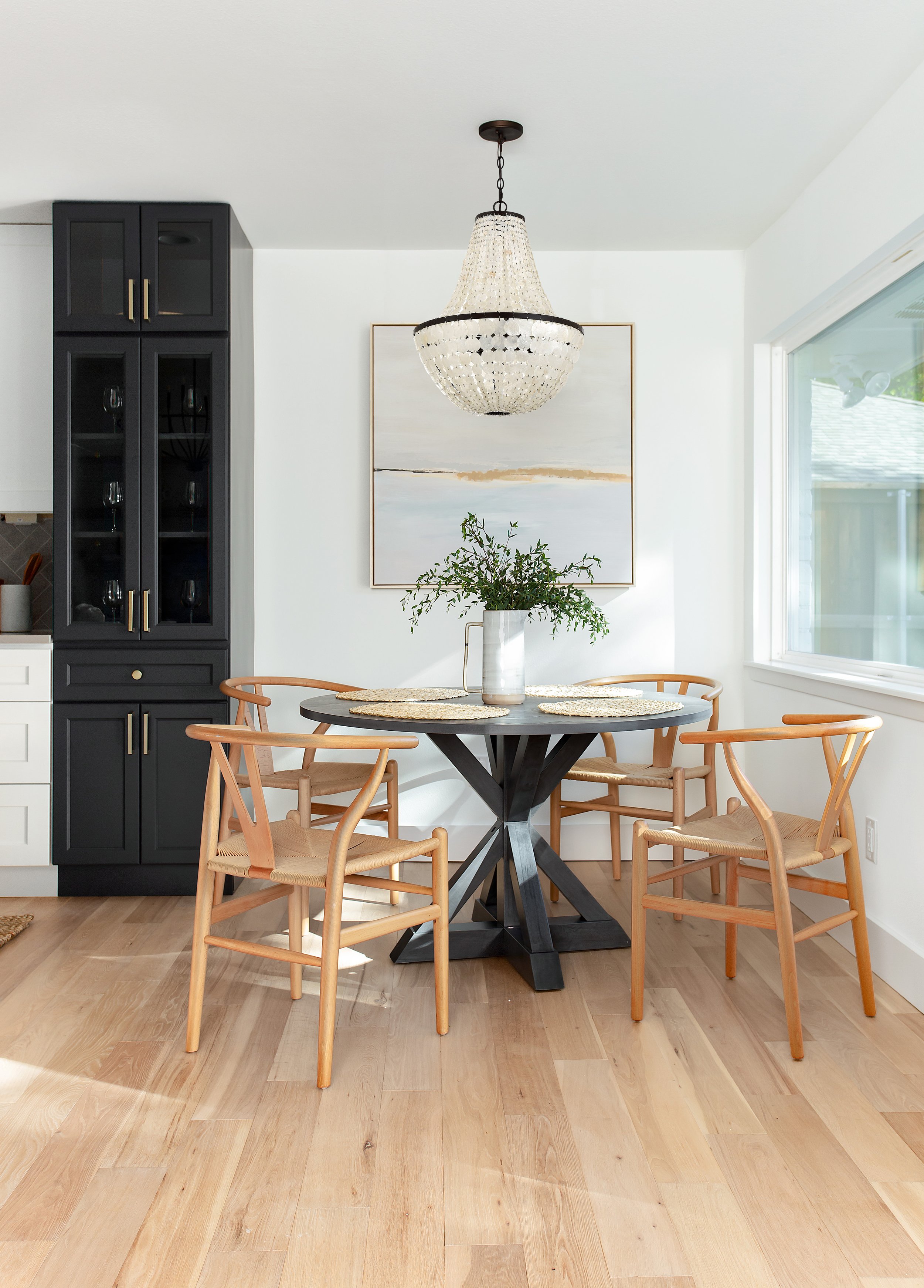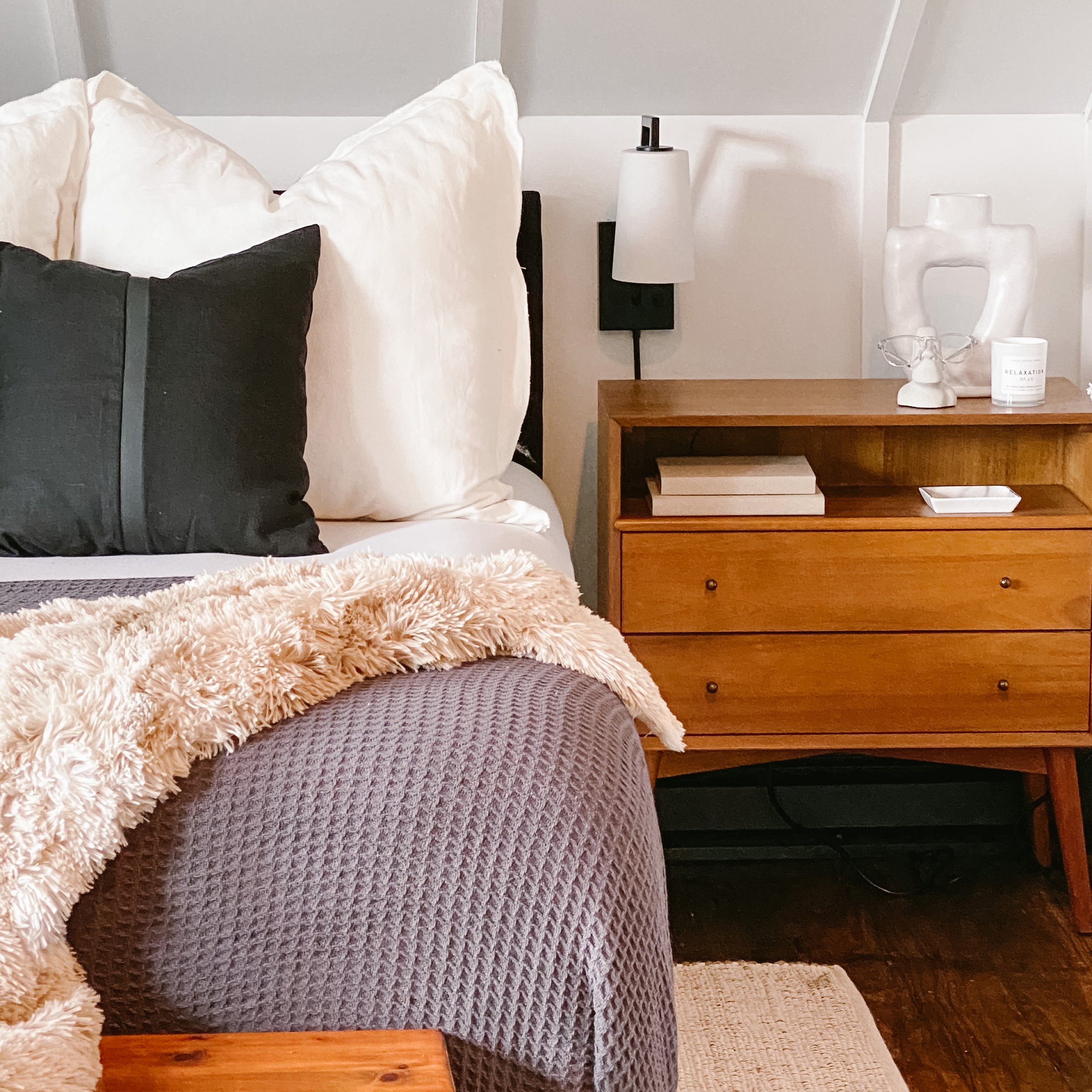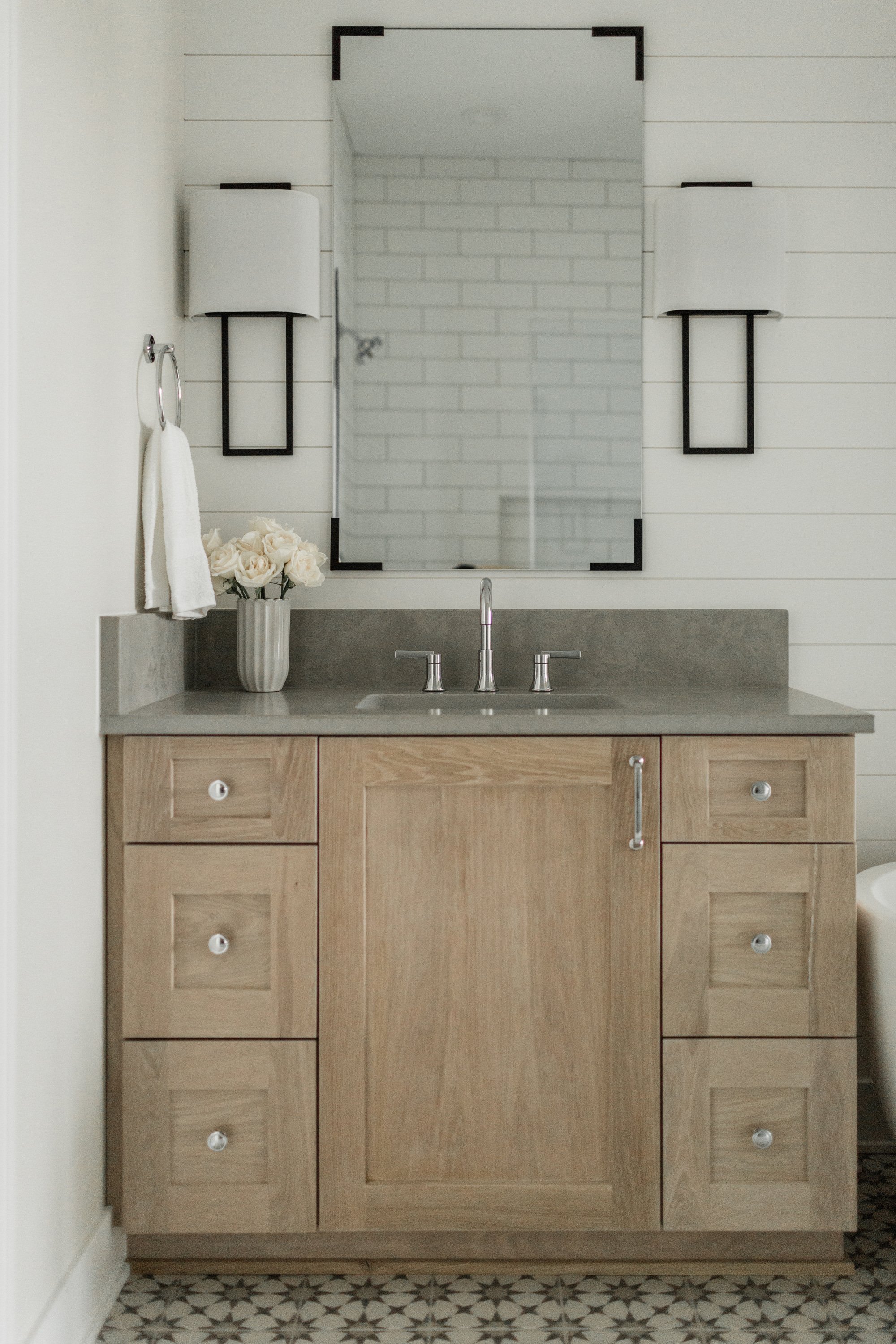3 Types of Home Lighting and How to Layer Them for a Functional Living Space
Creating a well-lit and aesthetically pleasing living space requires more than just relying on overhead lights. While these fixtures serve their purpose, they often lack the warmth and depth that can truly transform a room. To achieve a space that seamlessly combines beauty and functionality, layering your lighting is essential. There are three primary types of lighting that serve distinct roles in both illuminating and setting the desired mood in your home: ambient, task, and accent. Whether you aim to highlight a piece of art or create the perfect ambiance in your reading nook, the strategic layering of these lighting types offers the versatility needed for any task or activity.
1. AMBIeNT LIGHTING
When it comes to enhancing the illumination of your living space, ambient lighting serves as the foundational layer. This type of lighting imparts a gentle, overall radiance that brightens up various objects and surfaces while creating a sense of openness within the room. To introduce more depth and versatility to your ambient lighting, you might want to consider the incorporation of smart bulbs or dimmers.
Emory Linear ChandelierEmory Linear Chandelier
Chandeliers
A commonly employed method for achieving ambient lighting is using chandeliers and choosing a style that suits the proportions of your space. For instance, a semi-flush mount chandelier is an excellent choice for rooms with lower ceilings. A more elaborate chandelier can be a striking addition to spaces with higher ceilings.
Pendants
Pendants offer a superb means of disseminating ambient lighting throughout your home. Pendants with shades or globes designed to reduce glare are typically suspended over tables, kitchen islands, or other work areas. These fixtures can serve the dual purpose of providing task-specific and ambient illumination. As a general guideline, pendants should be positioned approximately 36 inches above a dining table and ideally have a width that does not exceed three-quarters of the table's width.
2. TASK LIGHTING
The next layer of lighting to consider is task lighting, a type of illumination intended to pinpoint and brighten specific areas in your home. Task lighting dispels shadows from regions where you engage in more intricate activities. In the kitchen, for instance, it's employed over an island or dining table, where tasks like food preparation, cooking, or dining occur.
Sconces
Sconces are versatile fixtures that can be strategically placed along the perimeter of a room to create the illusion of expanded space. In contemporary homes with high windows, expansive walls, and soaring ceilings, the demand for additional lighting is heightened, and sconces are an ideal solution. They serve a functional purpose and add a decorative element, with options that mimic candlelight or are crafted from hand-blown glass. Consider using a swing-arm sconce to illuminate your reading nook or bedside table.
Shown Below (left) Avon (right) Freemont
3. Accent
Use accent lighting to draw attention to your cherished decorative elements in your home, such as artwork, a textured wall, or a stylish bookshelf. Accent or decorative lighting is the key to crafting a visual focal point, effectively highlighting the elements you want to showcase, whether wall art or distinctive architectural features. You can implement accent lighting using previously mentioned fixtures like sconces and under-cabinet lighting and incorporating a few supplementary techniques.



















